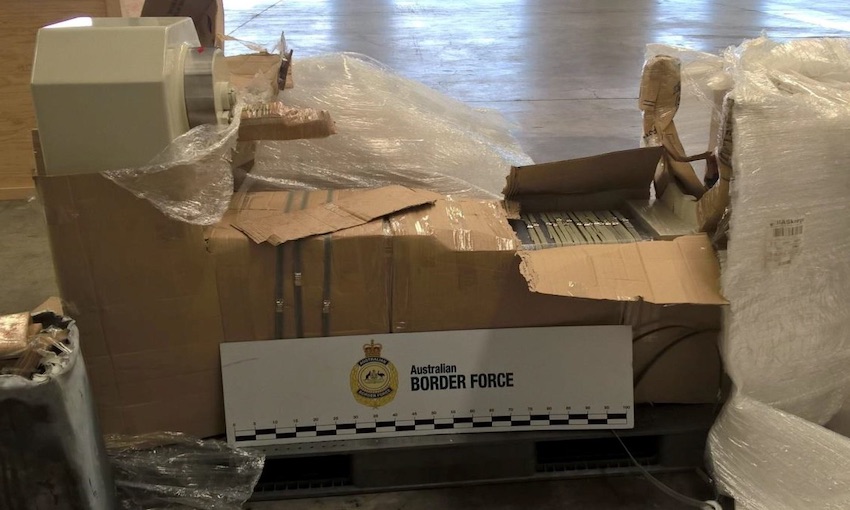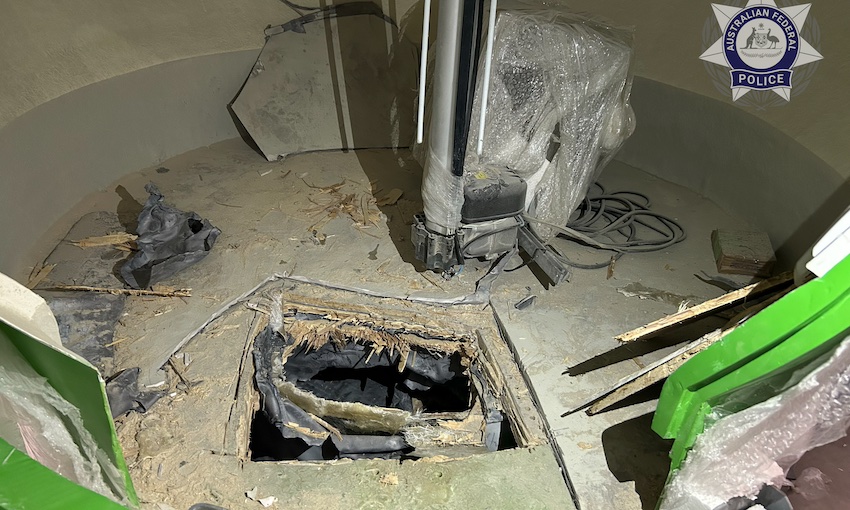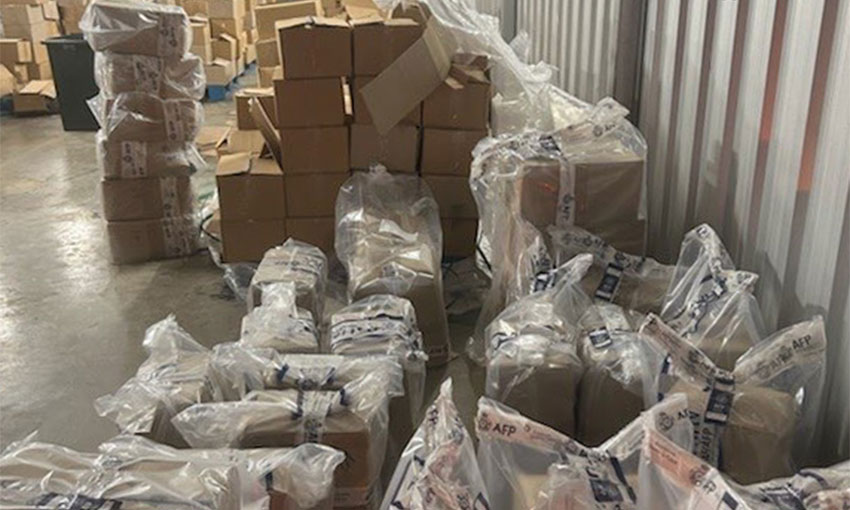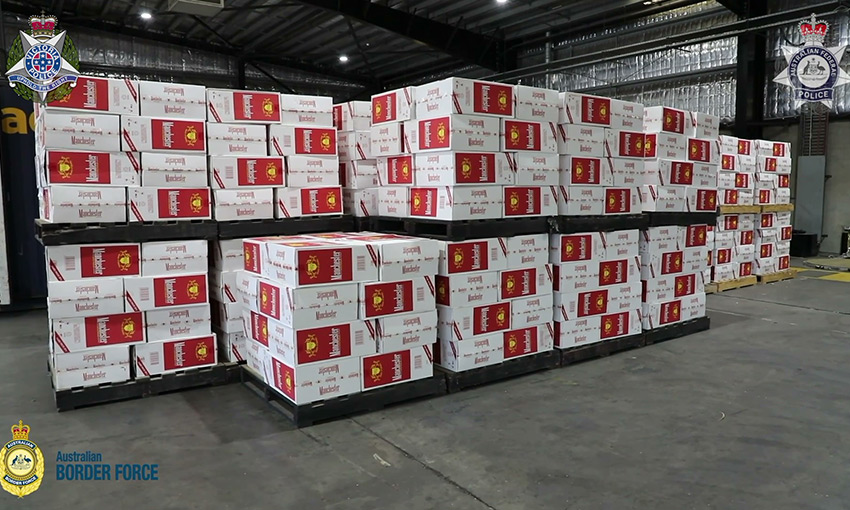AN Australian Federal Police-led operation has resulted in the arrest of a 29-year-old Sydney man on 3 September 2021, charged in connection to Australia’s largest heroin seizure in almost two decades.
The man faced Parramatta Local Court on 4 September, following the record detection on 23 December 2020 of almost 350 kilograms of heroin.
This amount of heroin is worth an estimated $156 million dollars and equates to more than 1.1 million street deals.
The investigation into the importation of the illicit narcotics, which was found by Australian Border Force officers in a consignment of machinery, resulted in search warrants at six Sydney properties.
The 29-year-old man was arrested at his home in the north Hornsby suburb of Mount Colah and charged with attempting to possess a commercial quantity of unlawfully imported border controlled drugs, contrary to section 307.5 of the Criminal Code (Cth).
The maximum penalty for this offence is life imprisonment. Search warrants were executed at three other residential addresses in Miller, Baulkham Hills, and Kings Park and two business premises in Hornsby.
The investigation was launched in December 2020 after ABF officers in Sydney found the heroin concealed inside a consignment of vertical mixers that arrived via air cargo from Kuala Lumpur, Malaysia.
AFP investigators removed the illicit drugs, weighing 347.9 kilograms, and with assistance from ABF, delivered them to the destined address – a storage facility in Hornsby.
Police will allege that in February, the 29-year-old Mount Colah man collected the consignment of machinery and attempted to access the drugs.
Police spent the ensuing months conducting further enquiries to identify people and locations of interest, and continued gathering evidence to support a prosecution.
These enquiries resulted in the operational activity, which saw police seize mobile handsets, knives, handcuffs and a small amount of testosterone.
The investigation into the criminal syndicate responsible for this importation and its potential distribution in Australia remains ongoing.





